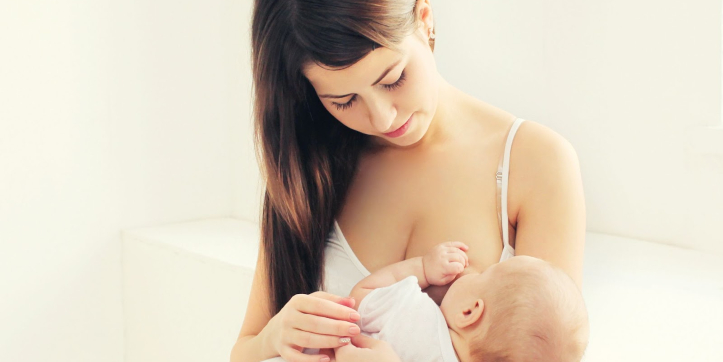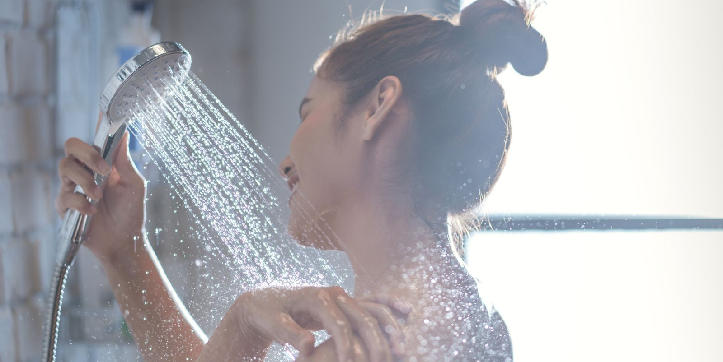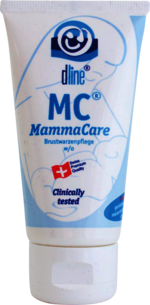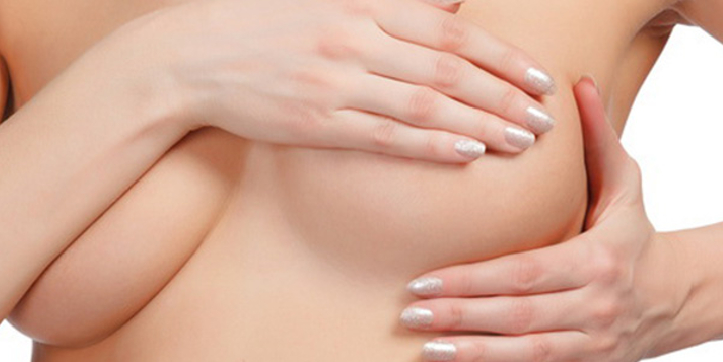What causes painful nipples during breastfeeding?

During pregnancy, many women already observe that their nipples become larger and more sensitive. Once the newborn arrives and starts nursing, new mothers experience an additional force—the suction while nursing. Nipples, which have never been exposed to this suction before, need time to adapt.
The increased sensitivity, unfamiliar stimuli, and the baby's saliva can lead to sore nipples. The situation is comparable to lips. If your lips become chapped due to dry air or wind, and you repeatedly moisten them with saliva, the condition worsens. The same happens with nipples.
Although soreness is not a long-term condition, as there is an adaptation over time, it is important to take action early to prevent complications such as
- deep cracks,
- bleeding, or
- severe pain.
What tips are there for nipple care and protection?
Prevention is famously the best medicine. Therefore, it is essential to take nipple care seriously and integrate appropriate steps into the routine. Below, we provide you with some valuable tips to make the breastfeeding period more comfortable.
1. Gentle Cleansing

It is not recommended to wash the nipples with shower gel. The reason is that the adjacent Montgomery glands produce an oil that nourishes and protects them. Soaps and shower gels remove this oil, leading to nipple irritation and dryness. If you generally have issues with dry skin, you can use high-quality oil baths when needed to clean the nipple area. For example, with ELB® ExtraLipidBath or NOB® NutrientOilBath.
When showering, use only water to clean your nipples. Gently pat them dry with a clean towel afterward. For extra mild cleansing, you can also use BS® BabyShampoo.
All dline® products are formulated to complement each other and harmonize excellently.
If you have severely irritated nipples or areolas, we recommend a wet compress for approximately 5-10 minutes with a compress (cotton pad or sturdy cotton ball) using ActiMaris®-sensitive wound irrigation solution. This natural product based on sea salt and active oxygen works exceptionally well with MC® MammaCare. Afterward, wait for 2-3 minutes and care for your nipples and surrounding area with MC® MammaCare. This has proven to be highly effective in practice for many years.
2. After Breastfeeding
Fresh breast milk provides valuable nutrients not only for the infant but can also contribute to the healing of sore nipples in the mother. Massaging a few drops after breastfeeding can be helpful (general tip).
3. Daily Hygiene
Nursing pads are practical aids to absorb leaking breast milk during daily activities. It is important to change them as soon as they become wet. Otherwise, there is a risk of irritation and potential infection with bacteria or fungi.
4. Gentle Clothing
If the bra rubs against already irritated nipples, the discomfort increases. Nipple shields can be inserted into the bra cups to prevent unpleasant friction. Thanks to small holes, air still reaches the nipples, allowing them to heal.
Nursing bras are also valuable tools. They are made of breathable and quick-drying material that wicks away moisture.
5. Protection During Breastfeeding
To prevent irritation during breastfeeding, nipple shields are useful. These are small silicone caps placed on the nipples. Small holes at the tip allow breast milk to flow during breastfeeding. The shields not only protect the nipples but also assist infants having difficulty latching onto the breast.
Which products are helpful for nipple care?

Choosing a gentle cleansing routine, appropriate clothing, and small aids helps prevent irritated nipples. The protection can be even more effective with skincare products like MammaCare Nipple Care & Protection. It includes nourishing ingredients such as Aloe vera, almond oil, and shea butter. Additionally, it contains a Vitamin A and E complex to protect, rehydrate, and stabilize the skin with valuable lipids.
This specialized care for the nipple area is specifically designed for breastfeeding mothers and has a soothing and revitalizing effect. A lentil-sized amount is sufficient to treat the nipple and areola. Gently massage the preparation in circular motions. It is absorbed within a maximum of five minutes, leaving behind a nourishing protective film.
Note: All dline® products are highly concentrated. Use them sparingly and avoid using excessive amounts.
We are happy to provide more detailed advice on nipple care and introduce you to our range of products. Contact us by phone or send us an email for further information.

